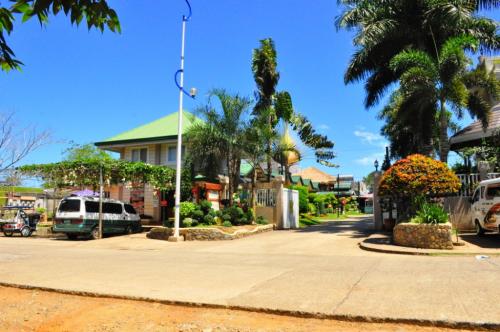
Geography
Misamis Occidental is located near the narrow strip of land linking northwestern Mindanao to the north central part of the island. It is bounded on the northeast by the Mindanao Sea, east by the Iligan Bay, southeast by the Panguil Bay, and west by Zamboanga del Norte and del Sur. The fact that three of its boundaries are bodies of water makes fishing as one of its main industries. Except along the coastal area, hilly and rolling lands characterize the provincial terrain. Towards the western border, the terrain is particularly rugged. The province falls between 6 and 9 degrees east longitude.
Political Subdivisions
The province has a total land area of 2,024.18 square kilometers representing
65 percent of the total land area of the Philippines. Tudela has the biggest land area equivalent to 13.8 percent of the total province area. The municipality of Panaon shares the smallest area of only 46.80 square kilometers.
Population
Misamis Occidental has a total population of 488,665 (1999 projection) with the bulk from the cities of Ozamiz at 108,541, Oroquieta at 59,637, and Tangub with a total population of 49, 981. The Municipality of Concepcion comprises the lowest population among the 15 municipalities of the province at 5,342 occupying a land area of 61.60 sq.km.
Language/Dialect
Subanon, pronounced "Subanen," is the dialect of the province, used mostly by the members of the Subanon Tribe. However, most residents are Cebuano-speaking and can speak tagalog and English as well.
Climate
The climate belongs to the Fourth type where rainfall is more or less fairly
distributed throughout the year. The average rainfall in the past twenty years was recorded at 182.5 millimeters. The rainiest months are November and December; the driest are February, March, and April. The entire province is outside the typhoon belt but it is sometimes affected by freak storms.
Industries
Pitati mat weaving; ceramic vases and potteries; Philippine Compak Boards, which produces particle boards; and Naomi's Botanical Garden for cutflowers, ornamental plants, and fruit seedlings.
Â
Source:
Â